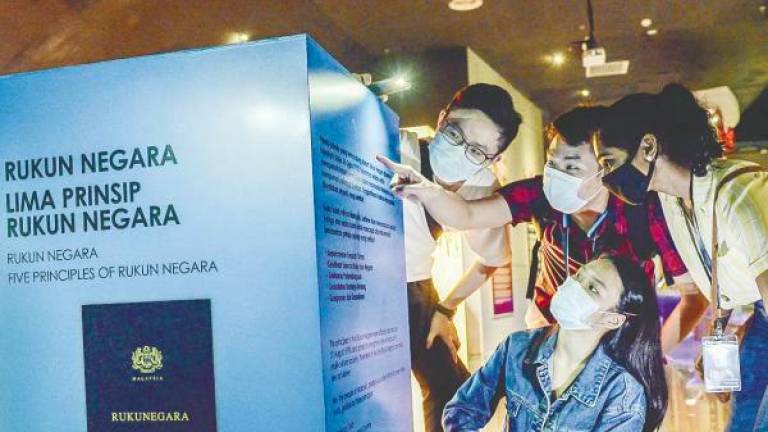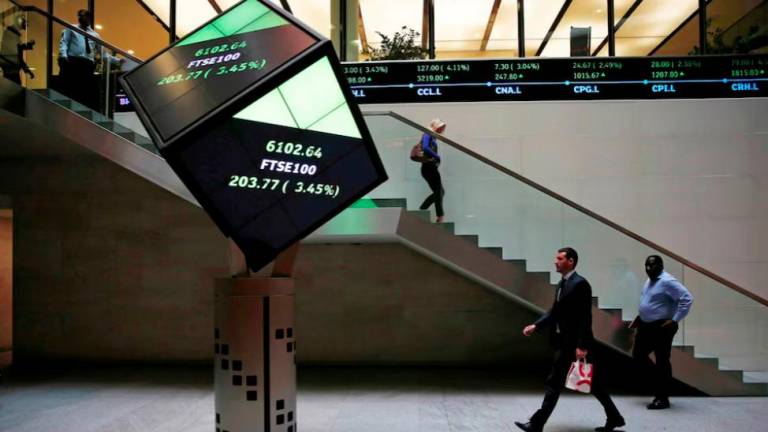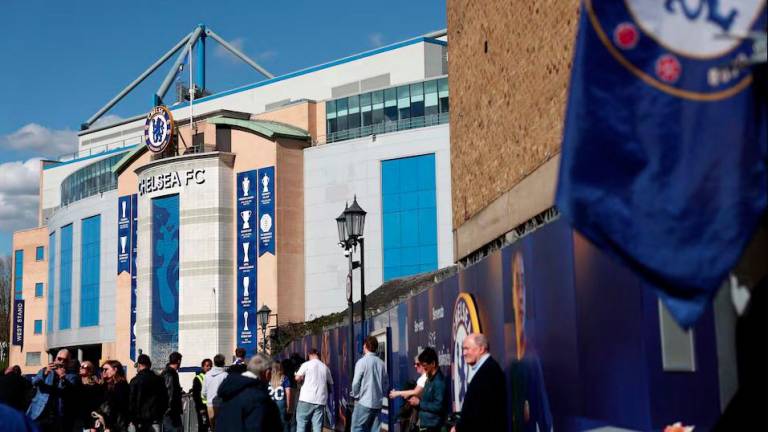PETALING JAYA: Although the outlook for the Malaysian equity market in the second half of 2022 (H2’22) remains dismal, there are selective opportunities in semiconductors and commodities-related companies as Malaysia has a prominent semiconductor supply chain as well as being one of the major global net oil and gas exporters.
HSBC Global Private Banking and Wealth chief investment officer Southeast Asia James Cheo (pix) said the outlook for the Malaysian equity market for H2’22 relies on global appetite for risk assets, and general risk sentiment in the global economy is still “very fragile”, thus its “neutral” call on Malaysian equities.
“(This is) until we see a more concrete kind of improvement in global dynamics, particularly in how the recovery is, in the peaking of inflation and the slowing of growth. Having said that, although we are neutral on Malaysian equities, there are opportunities (in semiconductors and commodities-related companies) because various parts of the economy are doing well,” he told the media at HSBC H2’22 investment outlook virtual press conference yesterday.
“Malaysia is on a fairly solid growth path in a few dimensions. This really helps in terms of (its) economy. The economy expands at around 5%, impact of pandemic restrictions receding, economy reopens, private consumption is going to bounce back, investments are likely to also be quite robust,” Cheo said.
HSBC projects Malaysia’s gross domestic product for 2022 to be around 5.5% due to tailwinds associated with manufacturing and higher commodity prices. However, it still relies on what the central bank would do in terms of interest rates.
“Recently Bank Negara Malaysia (BNM) lifted its policy rate by 25 basis points and we expect BNM to increase the policy rate by another 50 basis points, ending the year at around 2.5%,” Cheo said.
Moreover, he said, Malaysia should not worry about the reintroduction of the goods and services tax (GST) as it will not affect consumption although prices will rise as long as the economy is strong, productivity and wage are growing.
“In short term, investors and consumers might pause some of the purchases but would it really curtail consumption over the long term? My (answer) is no.
“The increase of GST is seen in many markets across the world. The pandemic has forced inflationary phenomena. Governments across the world have borrowed extensively to provide fiscal stimulus to help economies recover. So right now as the world is recovering, government's fiscal authorities are starting to claw back some of what they've spent in terms of fiscal stimulus over the last few years and that's manifesting in GST,” Cheo stated.
The government has been mulling the reintroduction of GST to increase national income although no decision has been made yet. A 6% GST was first introduced in 2015 before being replaced with SST in 2018. The current rate for sales tax is 5-10% while service tax is 6%.
Cheo also remarked that the ringgit will trade depending on the US dollar and it will stabilise towards RM4.28 by year-end when the market sentiment globally improves.













